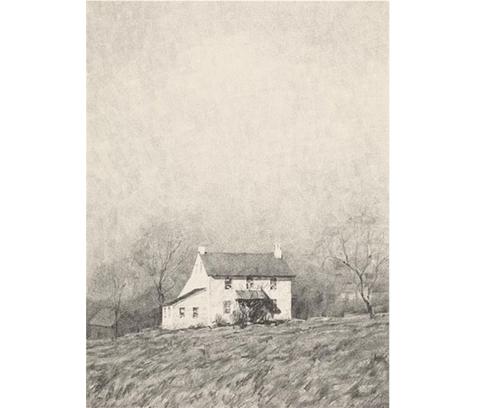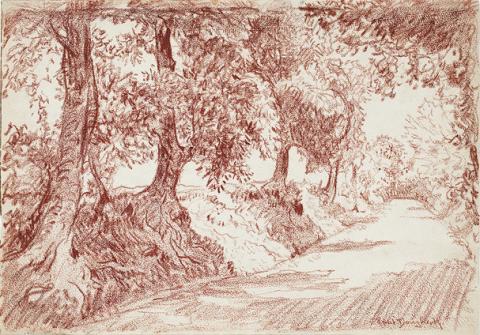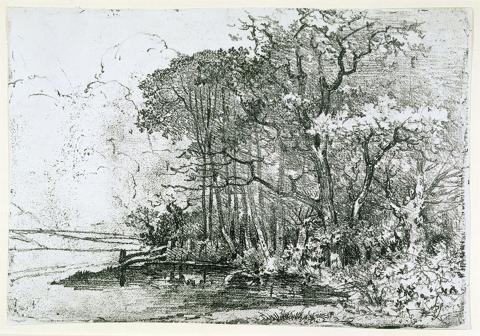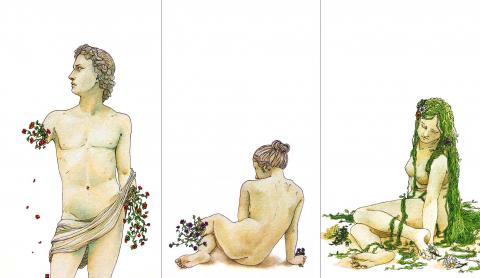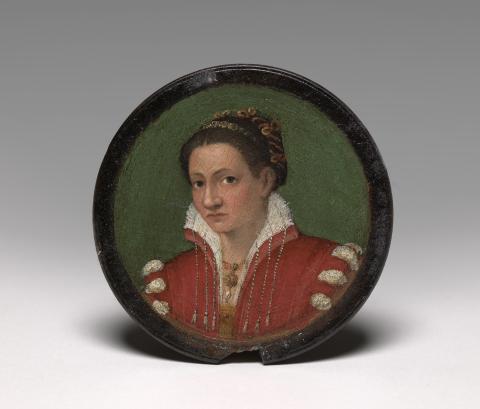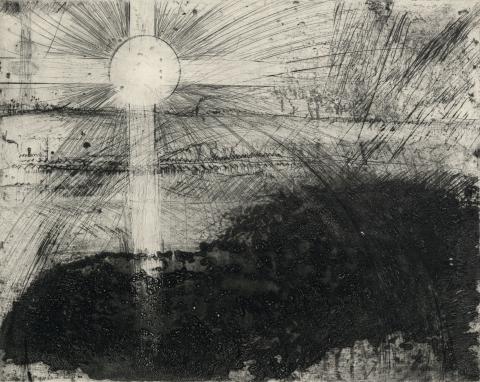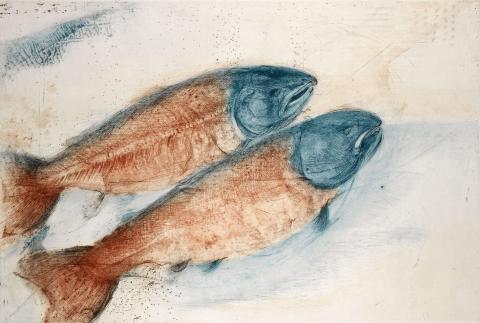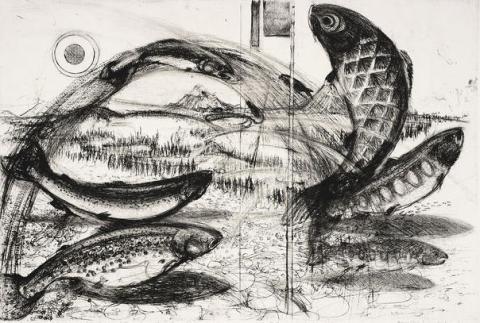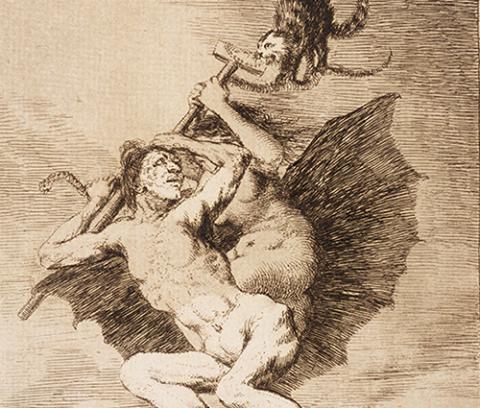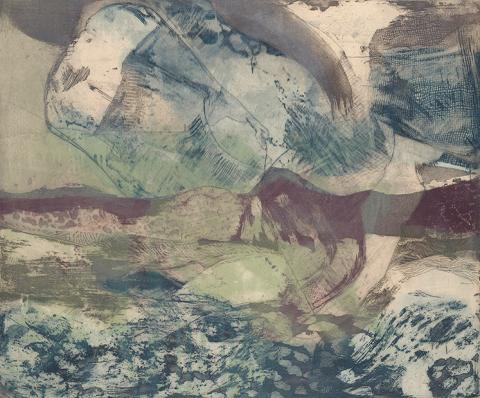SCMAinsider
SCMAinsider offers dynamic perspectives on the diverse collections and visions that shape the
Smith College Museum of Art.
We welcome contributions from all members of our community and seek to cultivate a range of
voices and experiences. If you want to contribute to the blog, please contact us at scmacuratorial@smith.edu.
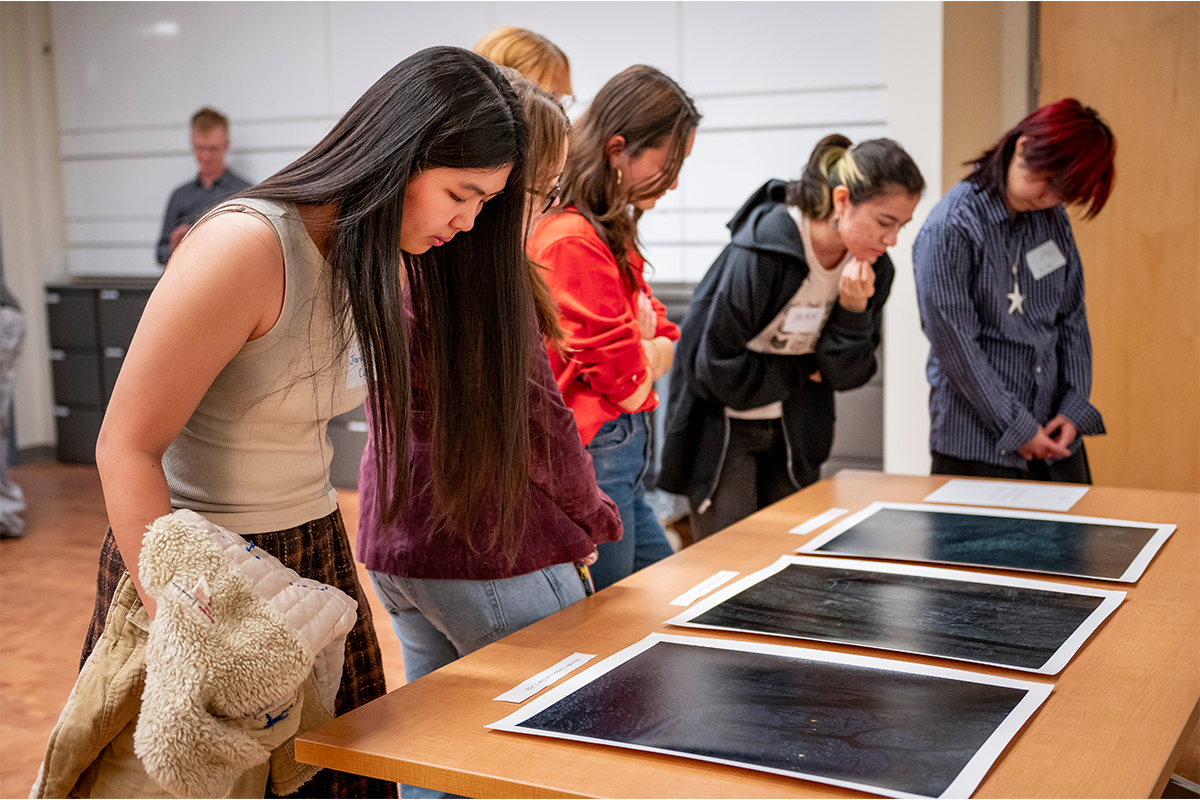
Leaving a Legacy Through the Moody Purchase Program
Melancholy Dominance
Enveloped Encroachment
On the Threshold
The Sublime in the Mundane: Human Encroachment in the Natural Landscape
Lavinia Fontana: Renaissance Artist
Defiant Vision Q&A: Final Questions
This is the final Q&A post for Defiant Vision: Prints & Poetry by Munio Makuuchi before it closes exhibition closes on Sunday, December 8. Be sure to check it out if you haven’t already had the chance!
In this series, Aprile Gallant, Senior Curator of Prints, Drawings, and Photographs responds to visitor questions from the exhibition’s comment book. Accompanying images are in the slideshow above.
Defiant Vision Q&A: Nudes and Midwesterners
Question: Why are there mostly naked girls [in the images] and why are there not that many boys?
Answer: That’s a good question!
Defiant Vision Q&A: Paintings or Prints?
Questions and answers from Defiant Vision: Prints & poetry by Munio Makuuchi
Witchcraft and Superstition in Goya's Los Caprichos
Honoring Kurt Lang (January 25, 1924—May 1, 2019)
Henriette Kets de Vries is the Cunningham Center Manager and Assistant Curator of Prints, Drawings and Photographs at the SCMA. She worked closely with Kurt Lang and featured works from his collection in the exhibition No Man's Land: Prints from the Front Lines of WWI.
Taj Diffenbaugh Worley ’69 and the Hopi prophecies
Guest blogger Sandy Lillydahl '69 was Taj Diffenbaugh Worley's senior year roommate and fellow religion major at Smith. She retired from curating the Map Collection in the library of the University of Massachusetts, Amherst, in 2016.
